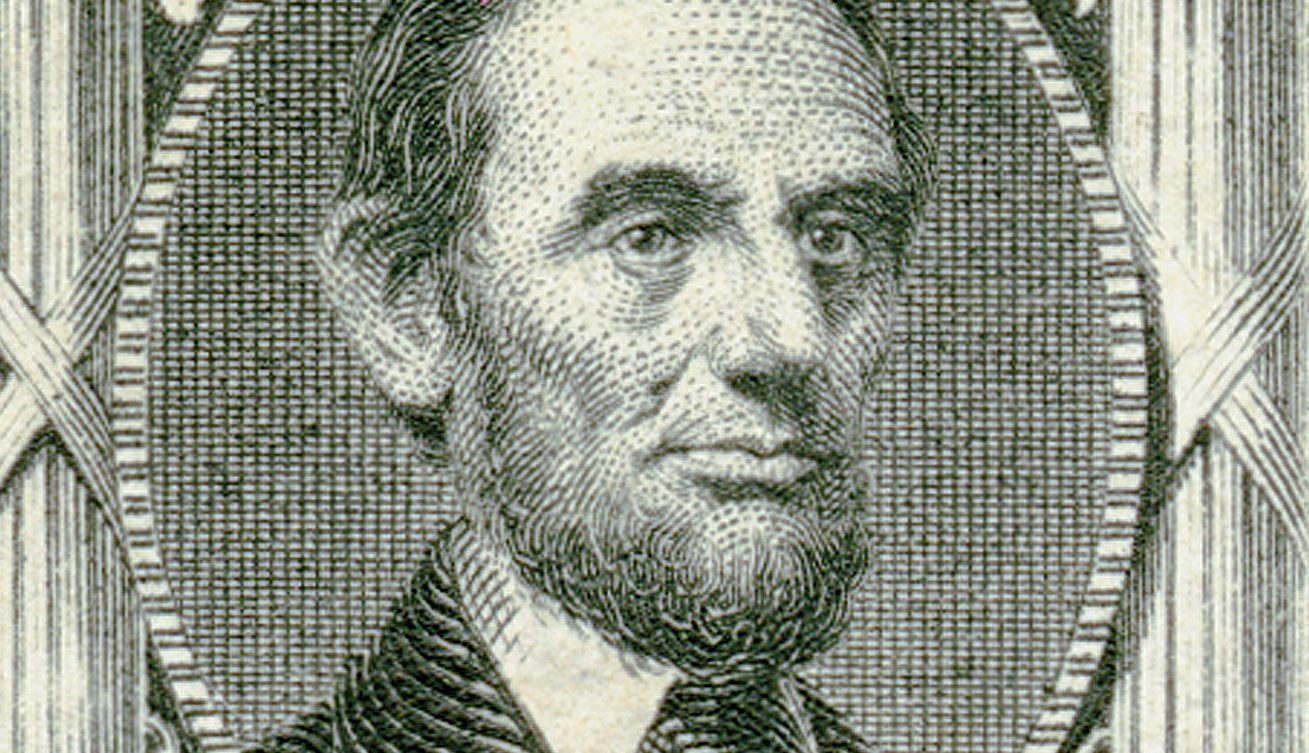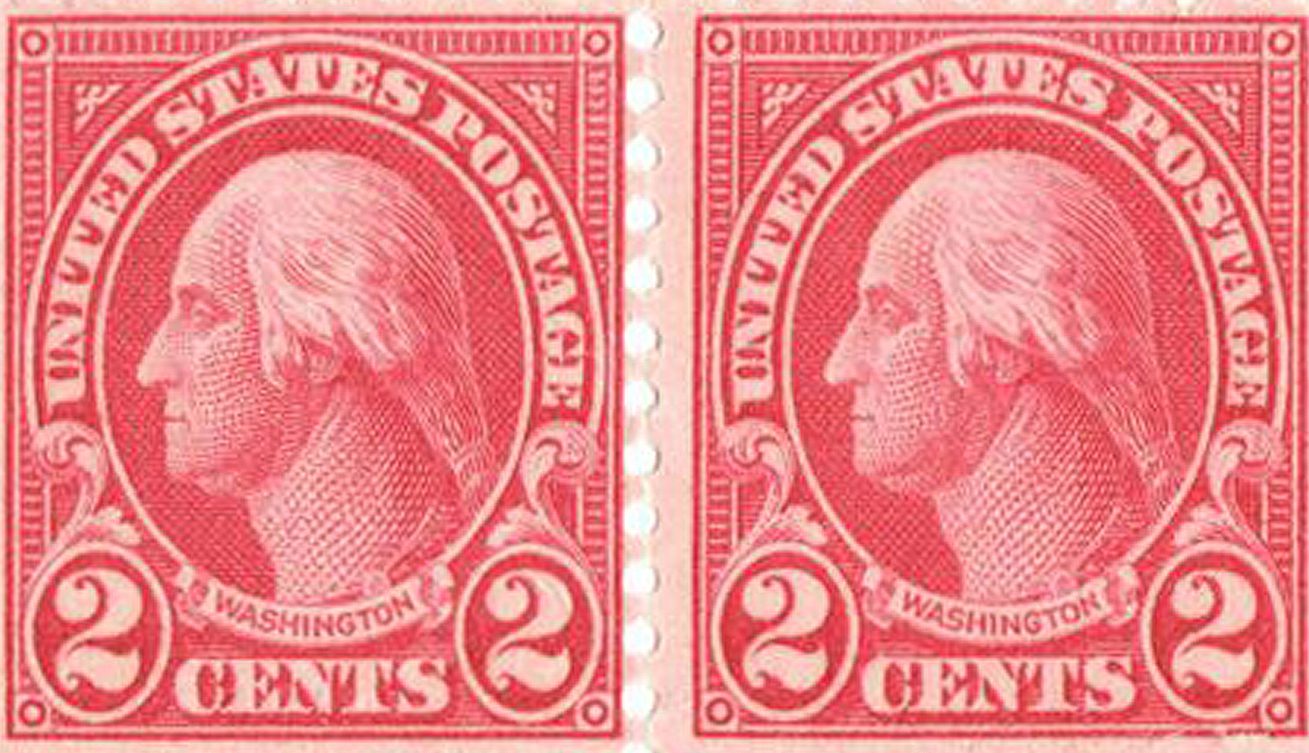Postmaster Lincoln
On May 7, 1833, future President Abraham Lincoln took a job as postmaster for New Salem, Illinois. Holding that position for three years, he was well-liked and respected for his commitment to his postal customers.

On May 7, 1833, future President Abraham Lincoln took a job as postmaster for New Salem, Illinois. Holding that position for three years, he was well-liked and respected for his commitment to his postal customers.

On April 21, 1898, Spain ended diplomatic relations with America and the US Navy established a blockade of Cuba, marking the official start of the Spanish-American War. The war would last less than four months, but saw the downfall of the Spanish Empire and the rise of America as a major world power with several new possessions.

On April 20, 1987, the USPS issued the set of eight Special Occasions stamps, the first “special” stamp booklet.

April 14, 1866 was the earliest known usage of the first US mourning stamp, which honored Abraham Lincoln. It was issued a year after his assassination, during a critical time in US history, when the country was attempting to heal from the bloody Civil War.

On April 8, 1930, Guam Guard Mail stamps were introduced for inter-island mail. Issued in small numbers, they were only in use for a year.

Award-winning graphic designer J. Bradbury Thompson was born on March 25, 1911, in Topeka, Kansas. Thompson designed more than 100 US postage stamps and influenced countless others, making him one of the most prolific US stamp designers in history.

On March 3, 1863, Congress passed an act establishing three classes of mail to simplify a complicated system that included over 300 different rates.

On February 25, 1980, the USPS issued a set of stamps commemorating National Letter Writing Week. Those stamps marked the first time that the USPS issued a sheet of stamps with three sets of vertical pairs.

On February 5, 1935, the US Post Office delivered its first stamps produced using the new electric-eye perforator. This new machine helped ensure better centering of stamps and resulted in a dramatic decrease in waste.